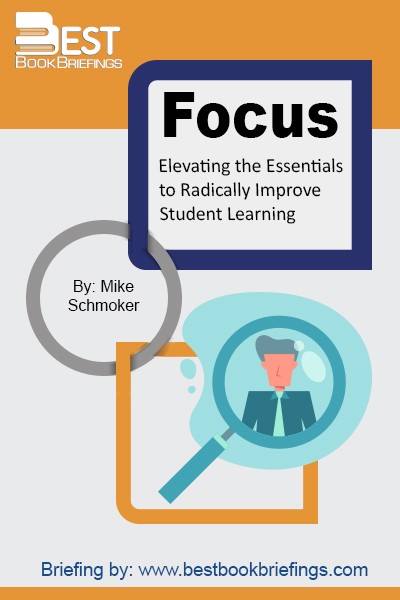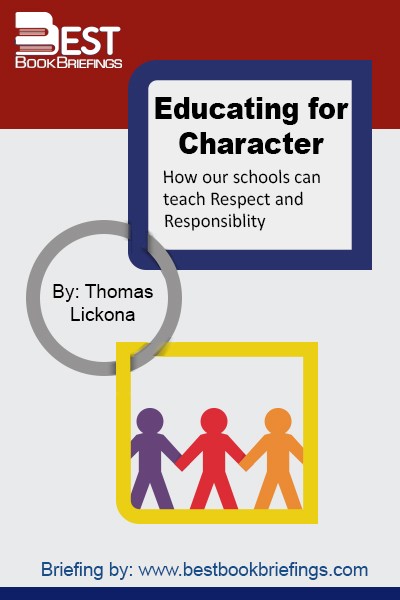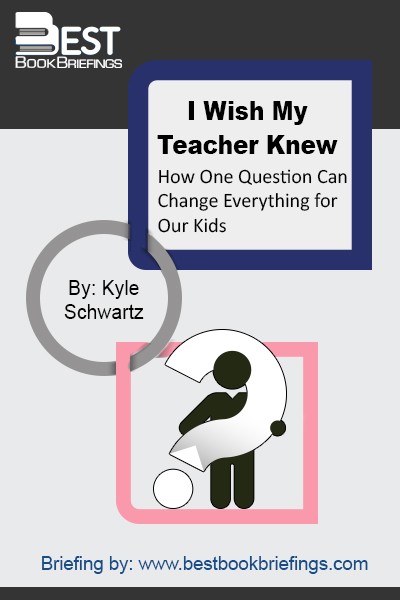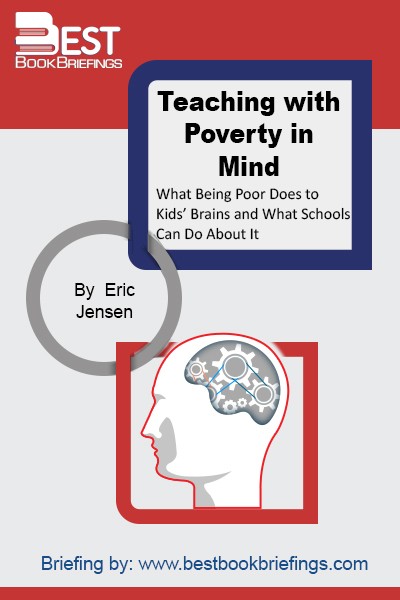Teaching with Poverty in Mind
What Being Poor Does to Kids’ Brains and What Schools Can Do About It
Number of pages: 184
Publisher: ASCD: Association for Supervision & Curriculum Development
BBB Library: Education
ISBN: 9781416608844
Editorial Review
Poor children are exposed to adverse social and physical environments: lower-quality services, greater traffic volumes, higher crime rates, less playground safety, and no green spaces. They breathe contaminated air and drink impure water. Their households are more crowded, noisy, chaotic, unstable, and physically deteriorated. Their parents are uninterested in their activities, and they receive less positive reinforcement from teachers, and have difficulty establishing friendships with children their own age. And due to issues of transportation, healthcare, and family care, high tardy rates and absenteeism are common problems among poor students. Therefore, they often feel isolated and unloved, feelings that affect their whole life: poor academic performance, dropping out of school, and drug abuse.
Book Reviews
Books on Related Topics

Best-selling author Mike Schmoker boils down solutions for improved schools to the most powerful, simple actions and structures that ensure you prepare all students for college, careers, and citizenship.

There is today a widespread, deeply unsettling sense that children are changing in ways that tell us about ourselves as a society. And these changes are reflected not just in the violent extremes of teenage behavior but in the everyday speech and actions of younger children as well. Children with the most

Urban violence is one of the most divisive and allegedly intractable issues of our time. But as Harvard scholar Thomas Abt shows in Bleeding Out, we actually possess all the tools necessary to stem violence in our cities.Coupling the latest social science with firsthand experience as a crime fighter, Abt proposes a

The purpose of this book is to help you secure a good education for your child from early childhood through the eighth grade. As far as learning goes, these years are the most important. They are the time when children acquire the bricks and mortar of a solid education – the

Educators across the country are intimately familiar with the struggles of children experiencing adversity, as are social workers, mentors, pediatricians, and parents. If you work with kids who are growing up in poverty or other adverse circumstances, you know that they can be difficult for teachers and other professionals to reach,

One day, third-grade teacher Kyle Schwartz asked her students to fill-in-the-blank in this sentence: “I wish my teacher knew _____.” The results astounded her. Some answers were humorous, others were heartbreaking-all were profoundly moving and enlightening. The results opened her eyes to the need for educators to understand the unique realities






